Ginger makes a lovely wine, warming to the heart and soul in the depths of the cold seasons! It also helps settle the tummy, so makes an excellent after-dinner tipple.
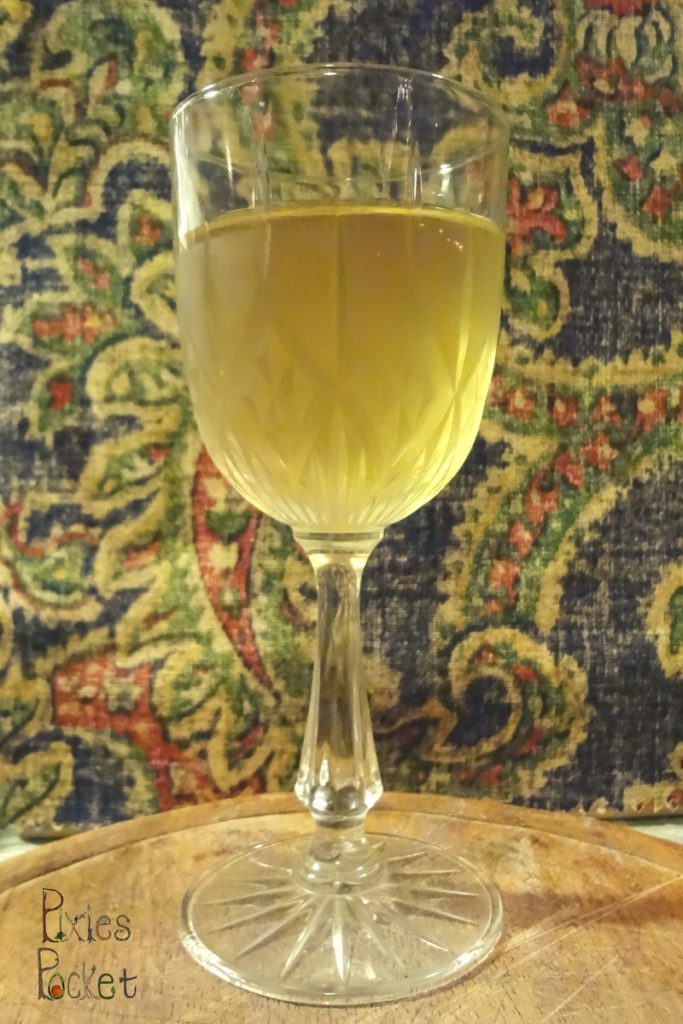
Ginger is such a wonderful spice, and one of my favorites. It’s a great healer, and its heat is just so enjoyable! I’ve never been able to find a ginger beer strong enough for me at the store, so it must fall to me to make my own.
While there are great ways to make non-alcoholic ginger beers and sodas, I’m not proficient at those and so my ginger brews are boozy. This warming wine is a lovely after-dinner tipple, but it also works well to settle the tummy or soothe the throat when you have a cold. Try it warmed with a bit of honey in it, like a mulled wine!
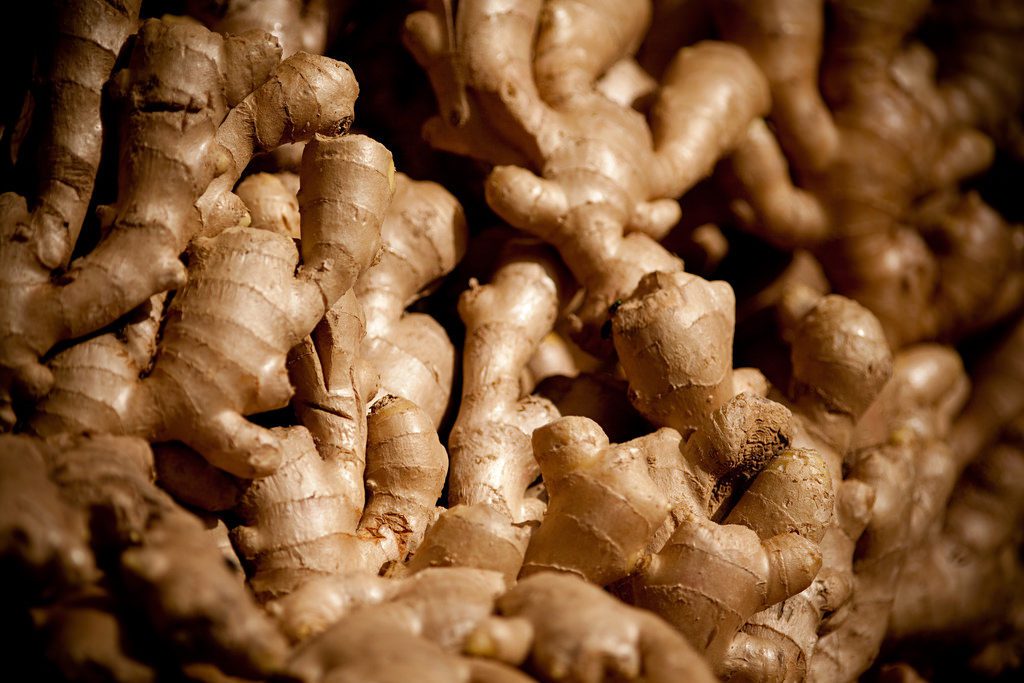
Ginger Wine Recipe
Ingredients:
- Fresh ginger root (I used a whole palm, about 10 inches worth, but I like my ginger drinks hot. If you want it milder, use 5 inches.)
- 4 cups of sugar (brown sugar is best)
- Sliced orange
- 1/8 cup (small handful) of raisins, chopped
- 1 teaspoon of brewing yeast
- 1 gallon of non-chlorinated water
The Process:
The first step to brewing ginger wine is to make an infusion (a fancy word for ginger tea).
Grab a large stock pot and bring about a quarter gallon of water to a simmer.
Chop the ginger into thin slices and add it to the water. The smaller your ginger pieces, the more gingery your flavor will be. I only bother peeling the ginger if the skin is particularly hard and woody.
Allow the ginger tea to simmer for at least 15 minutes to draw out all of the ginger flavors, but I’ve gone up to an hour. Add more water if needed. The steam from this pot will smell lovely, and the ginger will turn the water a nice brown.
Add the sliced orange to the pot, peel and all. Turn off the heat and add the raisins, and give it all a good stir. Let it sit for another 10-15 minutes with the lid on.
Stir in the brown sugar until it is completely dissolved. Cover the pot and let it cool a bit while you sanitize your gallon jug, funnel, strainer, airlock, and bung. (Don’t know what those are? Click here.)
Once the pot is cool enough to handle and the liquid safe to pour, strain the ginger tea and discard or compost the ginger, orange peel, and raisins. Pour the tea into the carboy and top it off with cool water until the liquid reaches the neck of the jug. Add the bung and airlock.
When the carboy is cool enough to touch (a few hours later), sprinkle in the packet of yeast and carefully give the whole jug a good shake. Within a day or two, the jug should be bubbling merrily. It should be happy to sit and bubble for a month or so.
When the bubbles stop and the liquid is clear, it is time to taste, backsweeten, or bottle! (Learn more about those processes on my Brewing page)
This recipe results in a very gingery, dry wine. I bottled much of it in beer bottles and the rest in swing-top bottles. Even with the alcohol content, these are very effective tummy relievers if you are feeling nauseous. It is delightful mulled with apple juice and a stick of cinnamon!

I’ve made this recipe a few times, and here are some tasty variations:
- I didn’t include orange, and also added a handful of oats and dried hops during the boil. This gave a slightly thicker, more bitter, slightly beer-like quality to the brew.
- In another batch, I added a few chopped apples instead of raisins, as well as a light drizzle of molasses.
- Replace the sugar with honey – 3-4 cups should do the trick!
Get updates from Pixie's Pocket: brewing and herbs in your inbox:
Posted In Homebrew Recipes
Tagged: booze, brewing, DIY projects, ginger, homebrew, recipe, recipe box, recipes, wine
Amber Shehan
Hi! I'm Amber Pixie, and this is my site. Enjoy the recipes, information, posts, and please feel free to message me if you have questions!


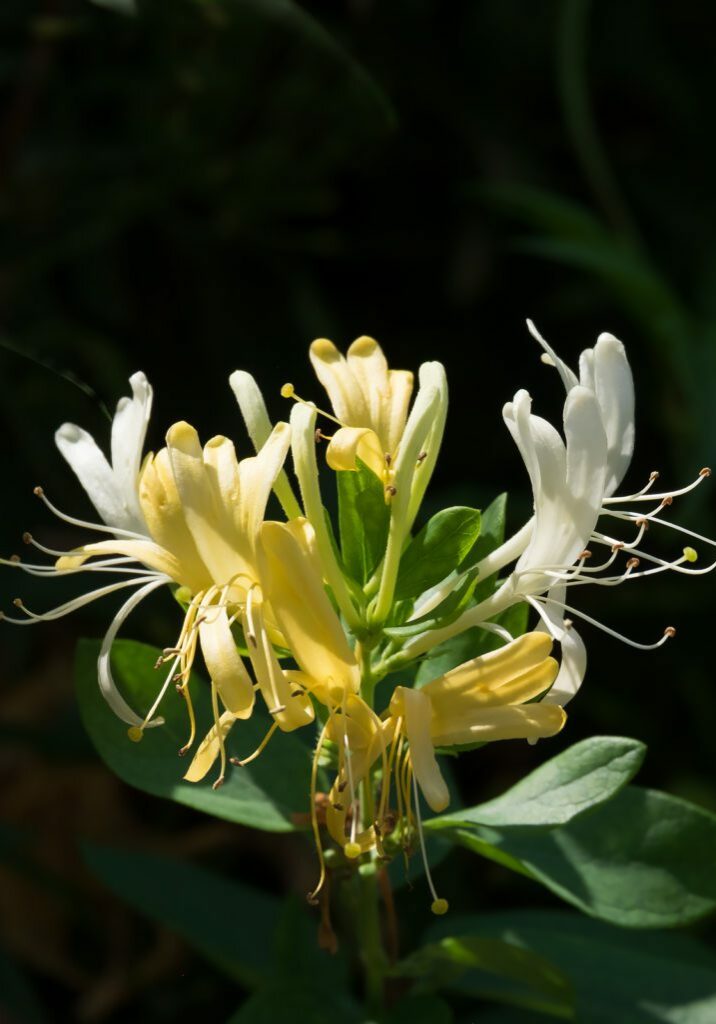
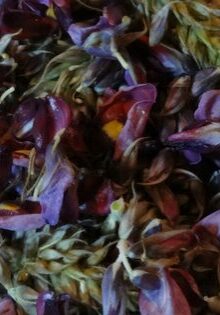
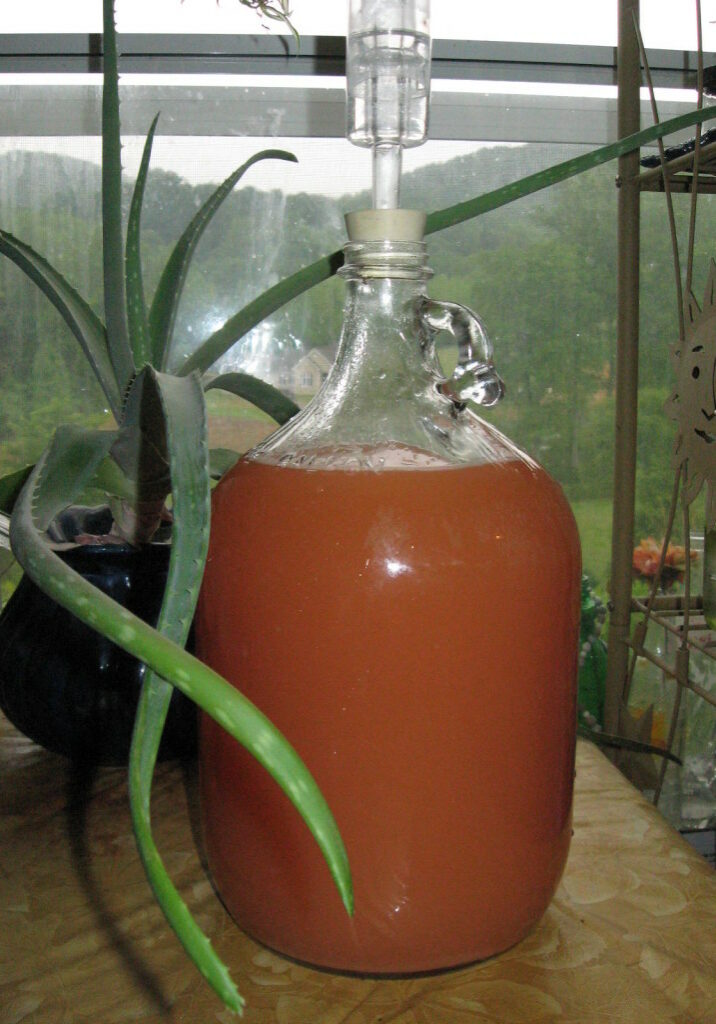
Hi… That sounds like a really interesting wine. I can’t wait to make a gallon. I’m curious about the amount of yeast. Could you help me out with that. The little yeast packets I purchase (generally champagne yeast), are for 5 gallons of wine. Could you clarify that for me? When you say a packet of yeast, is that specifically for 1 gallon of wine?
I have not been able to find any yeast packets smaller than the 5 gallon. For those, I use about a third of the packet, and then store it in an airtight container in the fridge until I make another batch! I hope that helps. 🙂
Hiya.
After bottling it, do you have to store it all in the fridge, or is room temperature okay?
What do you think about adding spices while making the tea? Like a few cloves, whole allspice, cardamom pods, etc. I’m thinking it might be like chai tea. Thanks in advance.
After bottling it, it should be fine at room temperature, but chill is good. Think wine cellar for aging! Not too hot, nice and chill, and that’s perfect.
I love spicing it up, in fact, I’ve done a Chai Wine, too! https://www.pixiespocket.com/2015/10/spiced-chai-wine.html
Hi! How long do you leave the orange and raisins in before discarding, after cooling or several days ?
In this recipe, I strain out the orange and raisins along with the ginger pieces and add them to my compost pile. 🙂
Yeast? as in bakers yeast or is it a special yeast?
For this one, I used regular yeast as you would use in bread. It can give uncertain results, so many people prefer to go to a brewing store and buy specific kinds of brewing yeast to have more consistent brews. It’s up to you! I like using “wild” yeast or whatever is available in a pinch. 🙂
Followed your recipe and my Ginger Wine is much browner than the wine featured in the photo on this page.
Also, should the ginger wine, once transferred to jars or bottles, be stored in the refrigerator or left at room temperature?
That’s ok! It could be a difference in the tannins in your ginger’s skin versus mine, or the amount of time steeped. How does it taste? 🙂
Sometimes instead of using organic cane sugar, I use organic turbonado sugar, which has a higher molasses flavor and a deeper color. It takes longer for fermentation to take place because the yeasts have a slightly harder time digesting it but it adds a nice flavor dimension! (I do this for Kombucha too!)
Delicious! I enjoy the darker sugars, myself. Thanks for the tip!
Hey. I am planning to make one. How do I make my ginger wine thick and also what is the uses of raisins in ginger wine. Tahnks
Hello! The raisins help to act as a nutrient and make the yeast happier. They do also help to make it have a thicker feel. If you puree the ginger you’ll have a cloudier brew with a stronger ginger flavor. I hope that helps!
Have you tried soaking or steeping the ginger after boiling for 24 hours or will the ginger be strong enough after boiling and drain inf straight away as in your recipe.
Also I live in UK. Is your book available in UK?
Hello! I’ve done both, and honestly, the longer you steep it, the stronger. But with the quantities that I use (usually more than what I put in the recipes because I LOVE ginger more than most) using it straightaway is just fine. You’ll also get darker and more bitter flavors the longer you steep the ginger.
Yes, Artisanal Small Batch Brewing is available in UK via Amazon and Book Depository: https://www.bookdepository.com/Artisanal-Small-Batch-Brewing-Amber-Shehan/9781624147814?ref=grid-view&qid=1553544041758&sr=1-1
Can you use cranberries instead of raisins?
Hi Amber we’ve made your ginger wine which has been in the bottle for 2 weeks. It had a white froth at the neck of the bottle which is now turning green. Please advise. Many thanks.
Uh oh! That sounds like it’s become infected with a mold, especially if it is green. I have never had a wine go moldy like that. Are there ginger pieces in it, or did you strain it into the jug?
Once it is bottled, how long will it need to age before it’s ready to drink?
Thank you in advance!
Sorry for my delay, Rhonda! If I like the flavor of the brew when I bottle it, sometimes I’ll start in on it after a week or so! Long term bottling is great to do to age and compare, but there’s no problem with drinking it right out of the jug if you like it! 🙂
Thank you! I opened a bottle yesterday and it was like opening a soda bottle it’s so carbonated. Should I replace the cap with an airlock for a while?
It was really tasty, like a sparkling wine!
Looking at the recipe I’m tempted to replace the sugar with honey for a Mead. Not sure how much to use, probably the typical 3 pounds for a gallon of mead. Any thoughts or tips?
Sorry for the delay! Yes, for most of my recipes, I just switch between sugar and honey depending on whatever I have on hand. I go for 3lbs or around 4 cups of honey. Cheers!
Making a 4 gallon batch. Is it ok to leave everything to cool over night n then staring in the morning or will it ruin the flavor?
That should be just fine! Sorry for the delay, just got on the computer after a weekend of puttering. How’s it looking?
Hi Amber Pixie
I’m trying your ginger wine recipe for my first ever attempt at home-brew. Started about 3 weeks ago, and it’s bubbling away nicely. Some friends tell me that I should be “racking off” into another demijohn, but you don’t mention this process. Is it needed?
Many thanks for having such easy-to-follow recipes, and for answering every question you get asked!
George
Hi George! Sorry it took me so long to reply – I wasn’t getting notified about comments!
Sometimes I do rack a brew into “secondary” but only if it is taking a long time to clear or if I want to add another flavor before I bottle. Many times, I will go straight from the primary jug to bottling. How’s it looking now?
I have only just seem your post. If you want to add a small amount of body and improve the mouth feel you can Improve it by adding Glycerol which is renowned for its ability to enhance the mouthfeel of your beer or wine. By adding glycerol to your brew, you can achieve a smoother and more full-bodied texture, reminiscent of commercial craft beverages. I have been making wine for some time and find it very useful. Add no more that 1 to 2 teaspoons per UK gallon. Hope this helps.
I tried making this but mine is way darker than the glass in your picture. I mean it’s opaque and dark brown, has been from the beginning. Is this normal, or did I do something wrong?